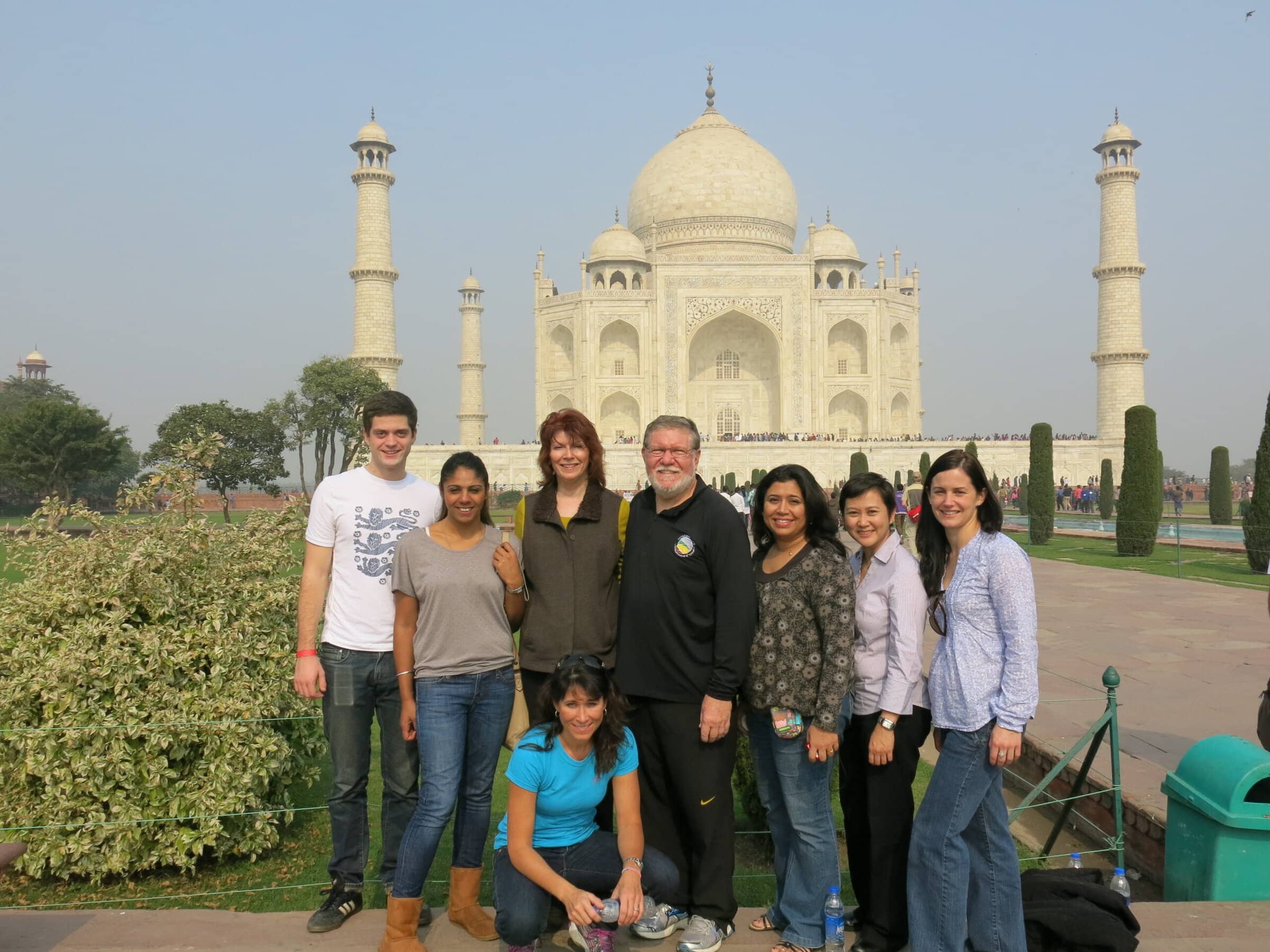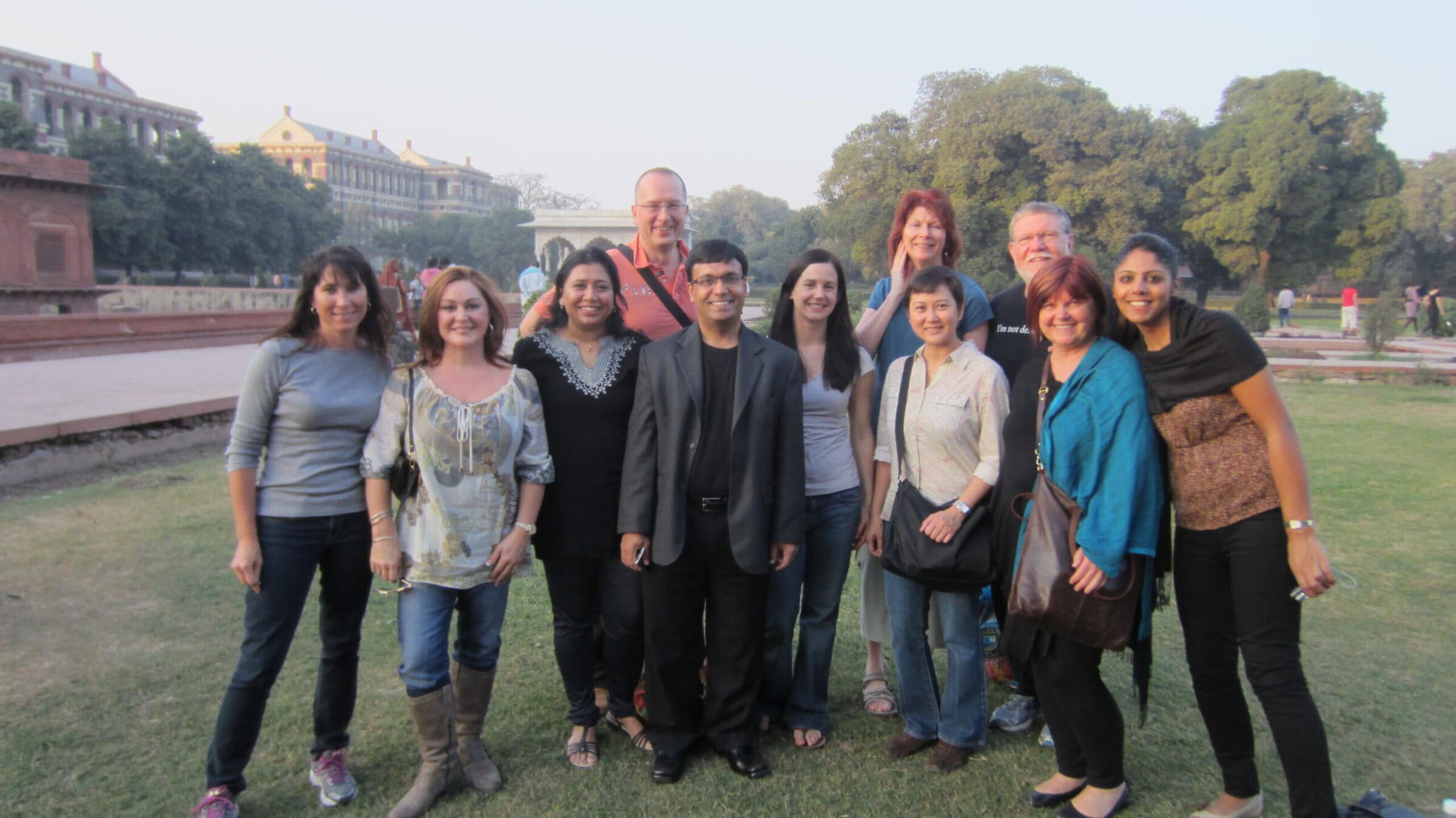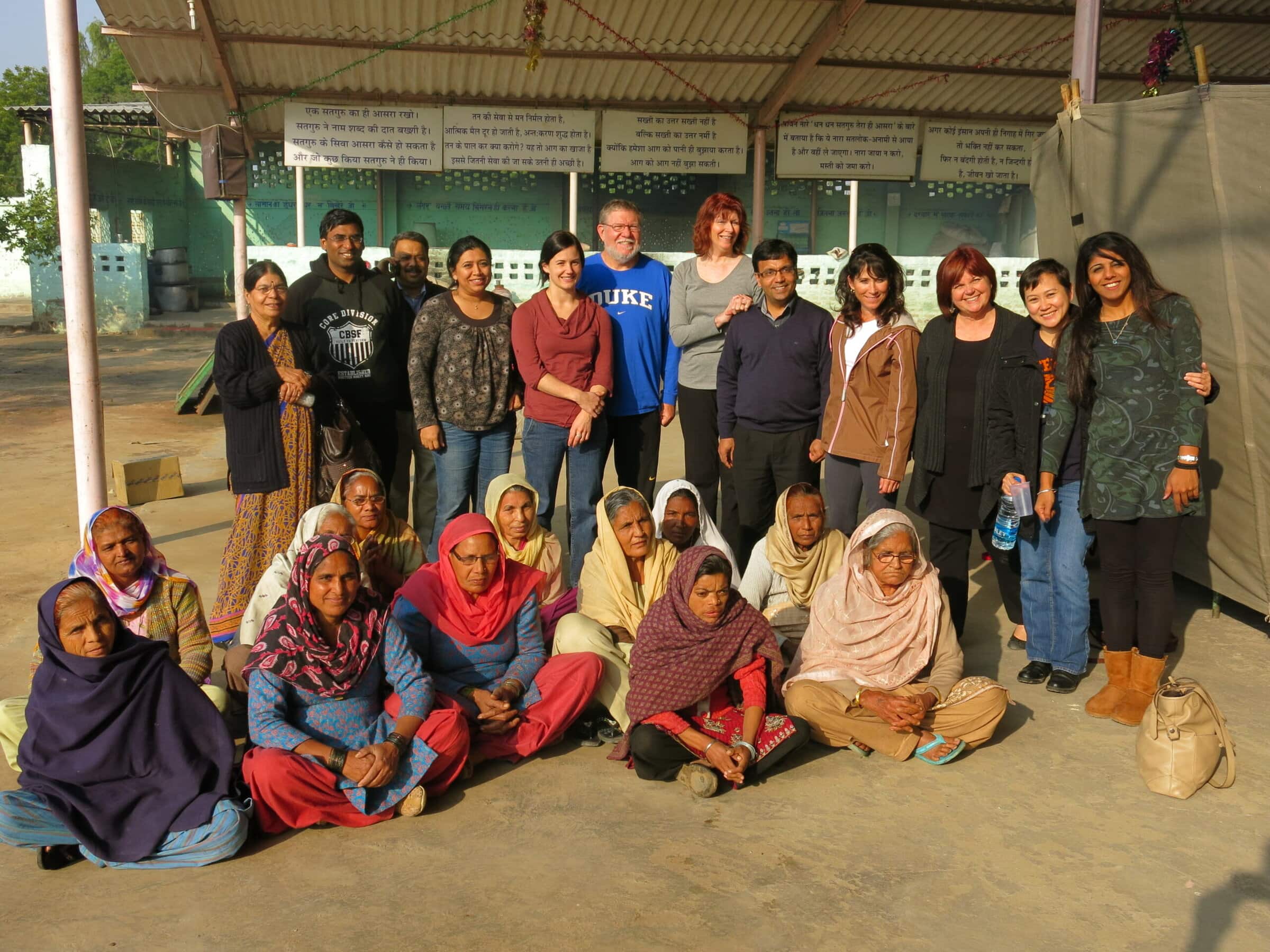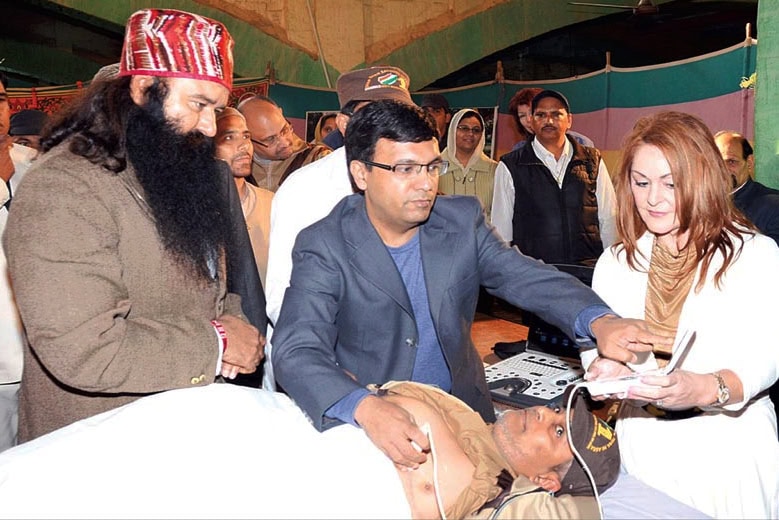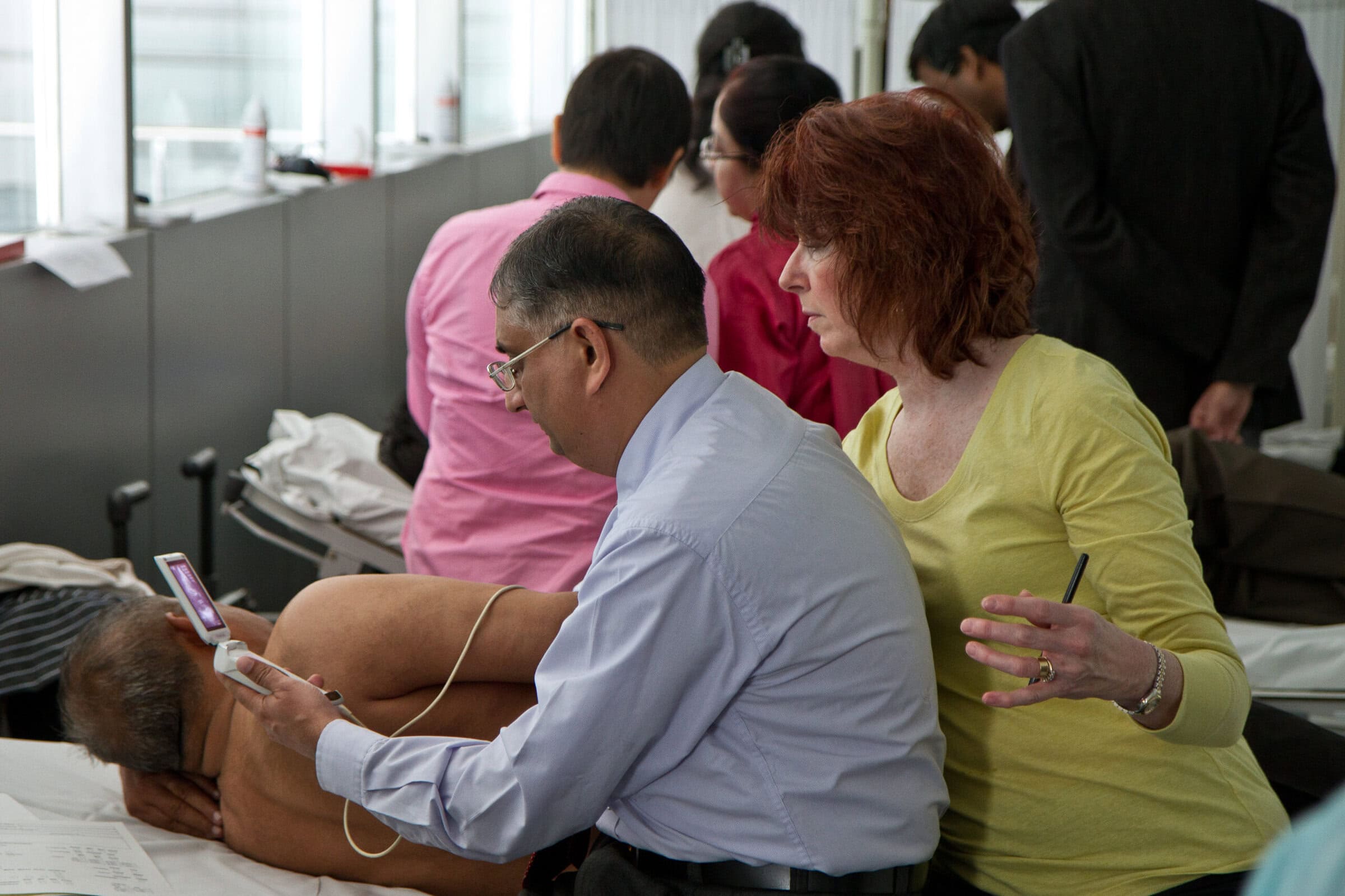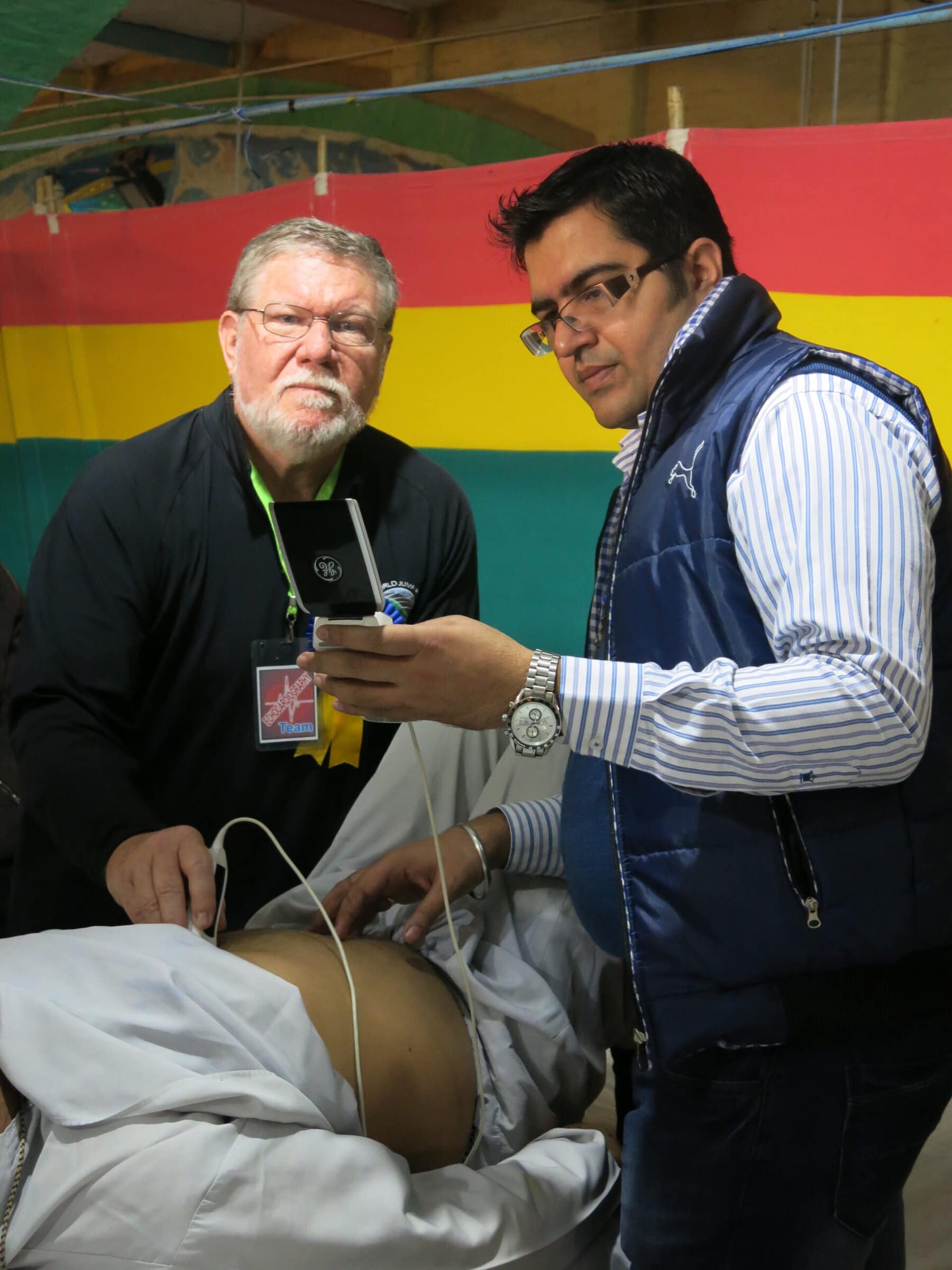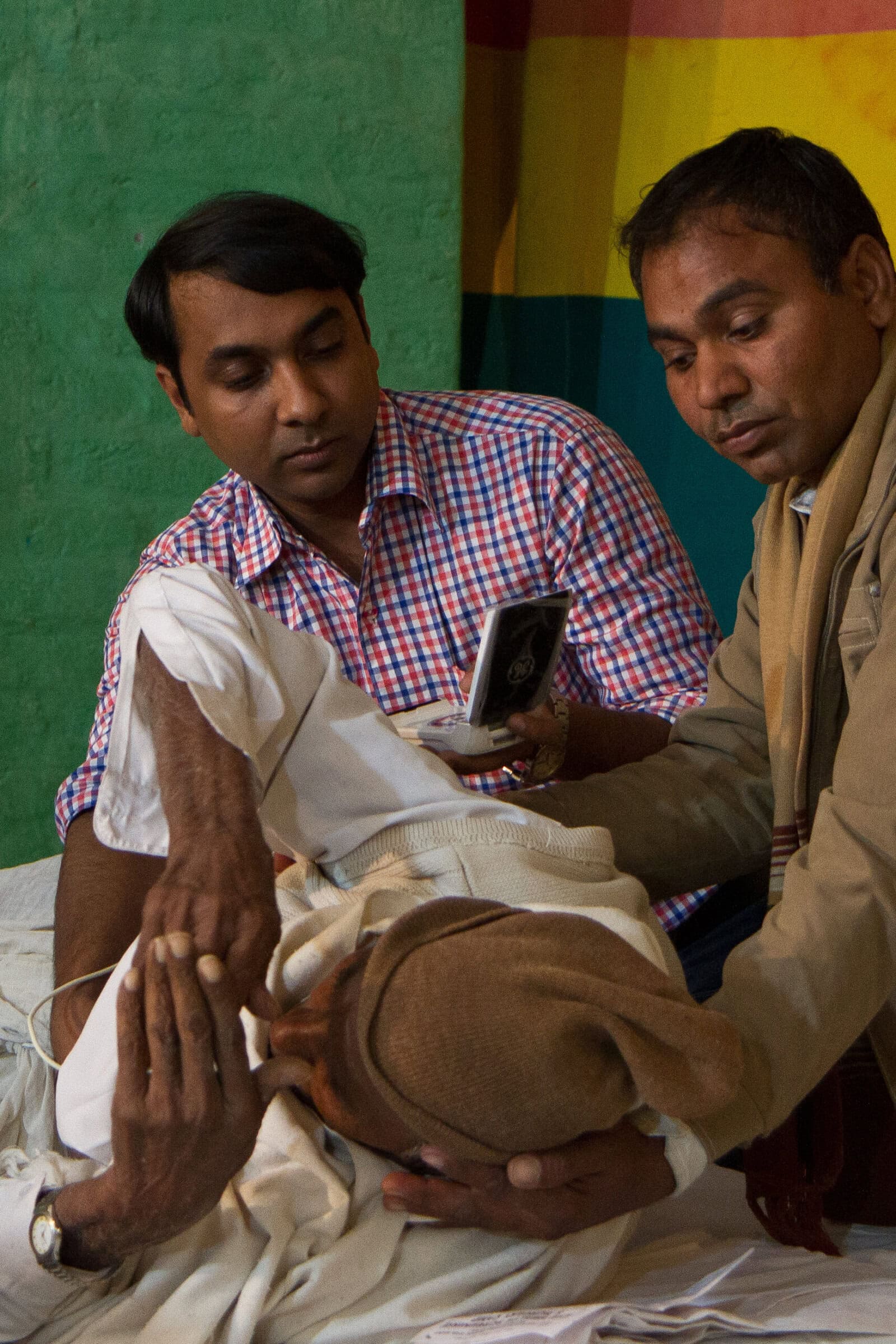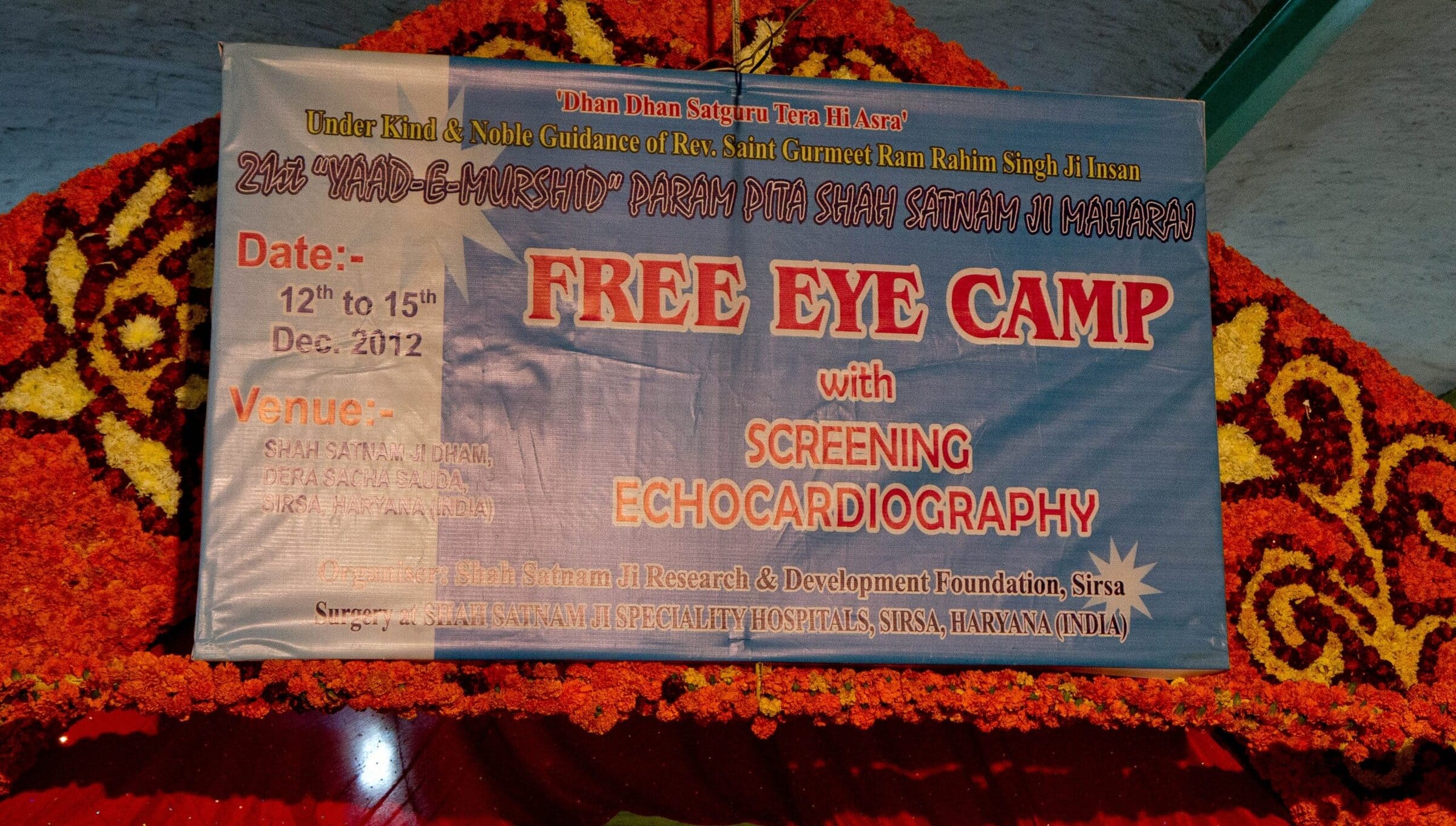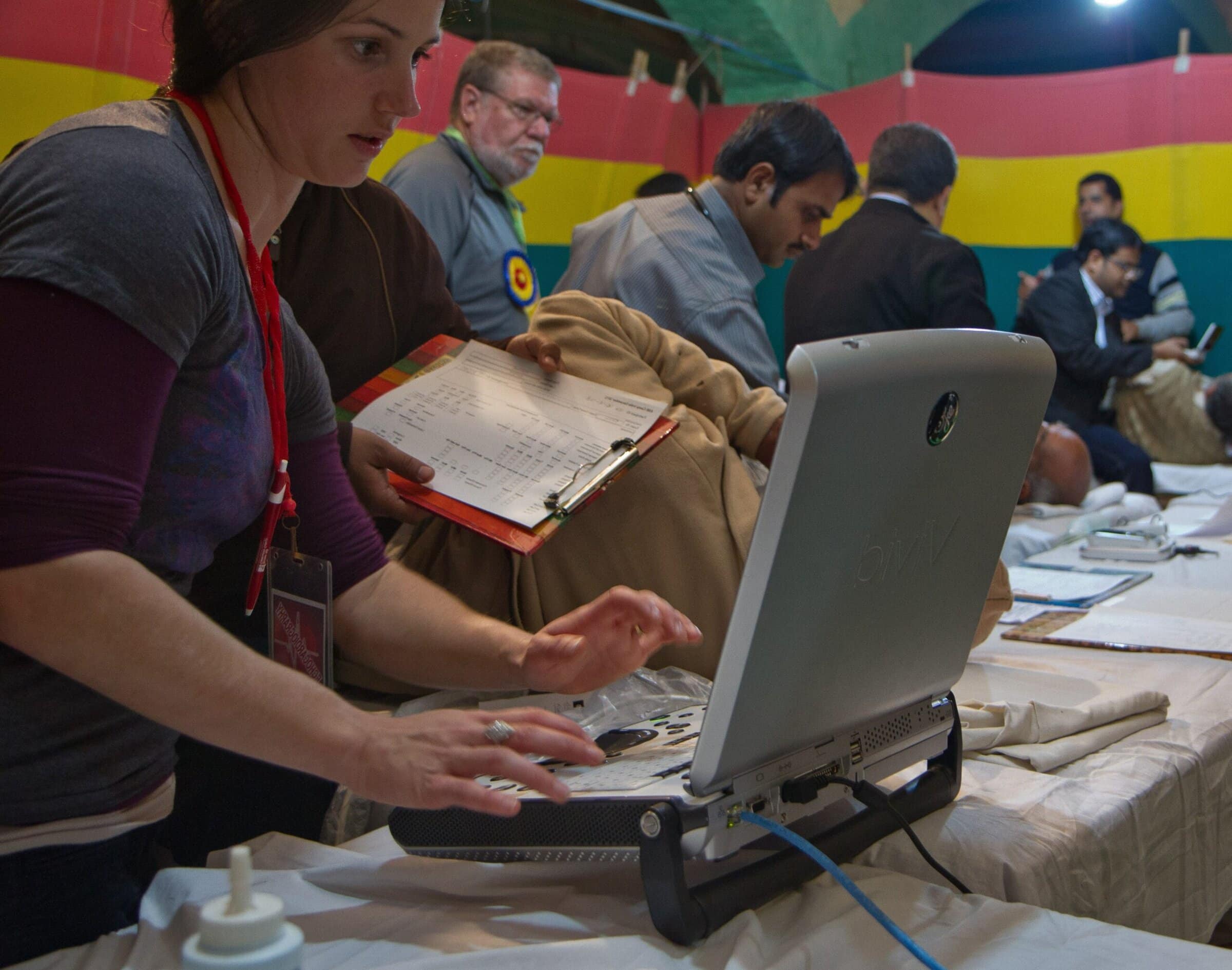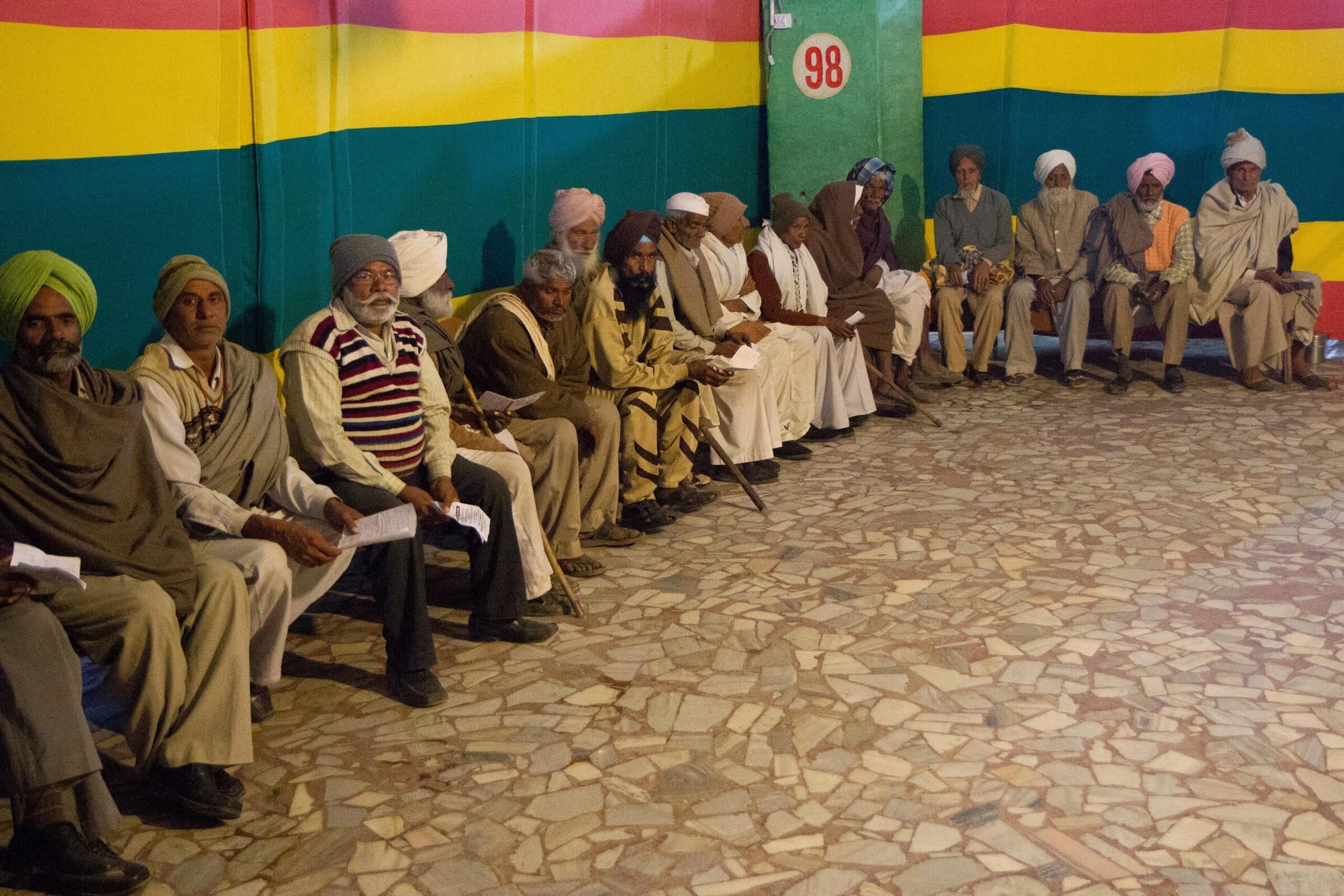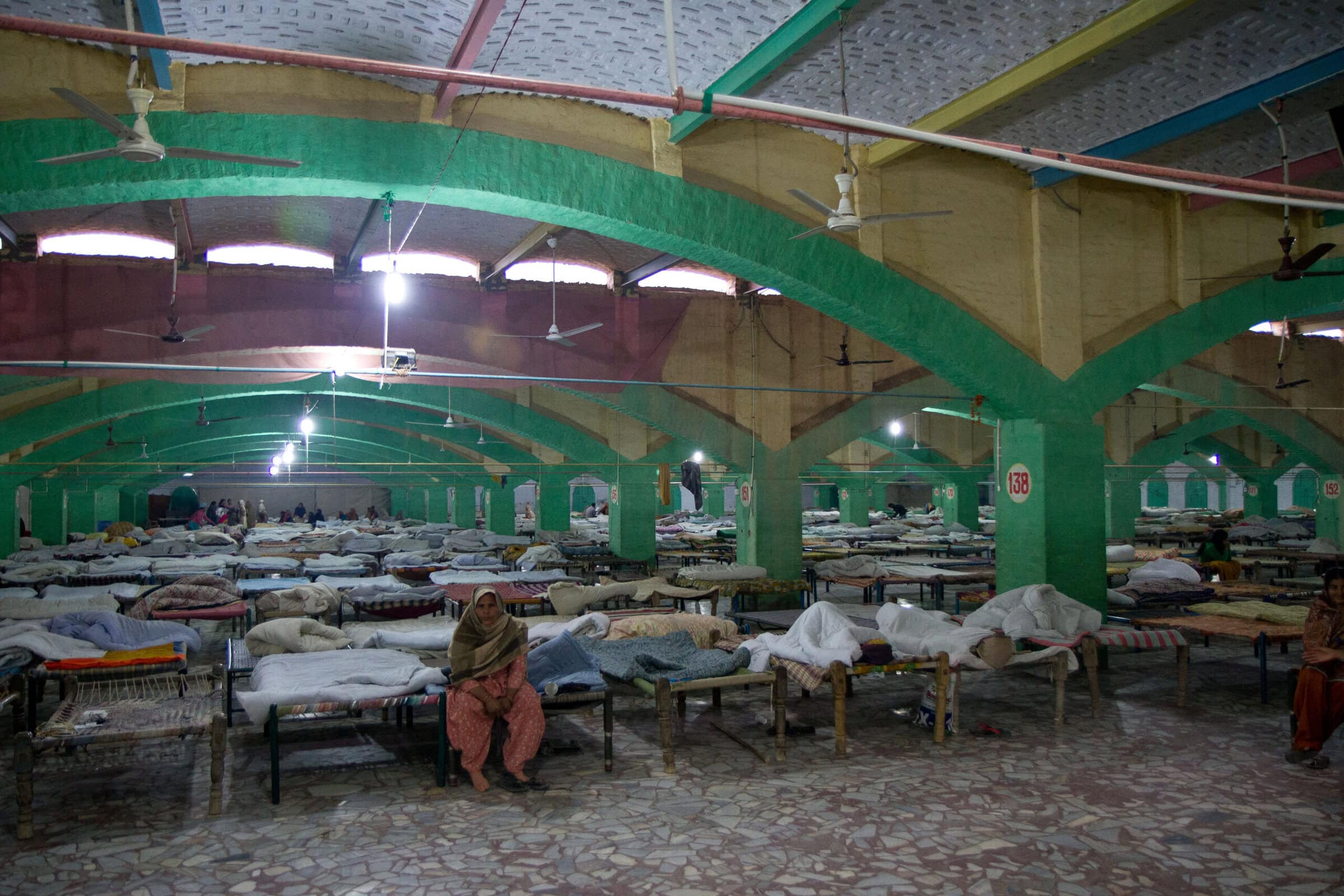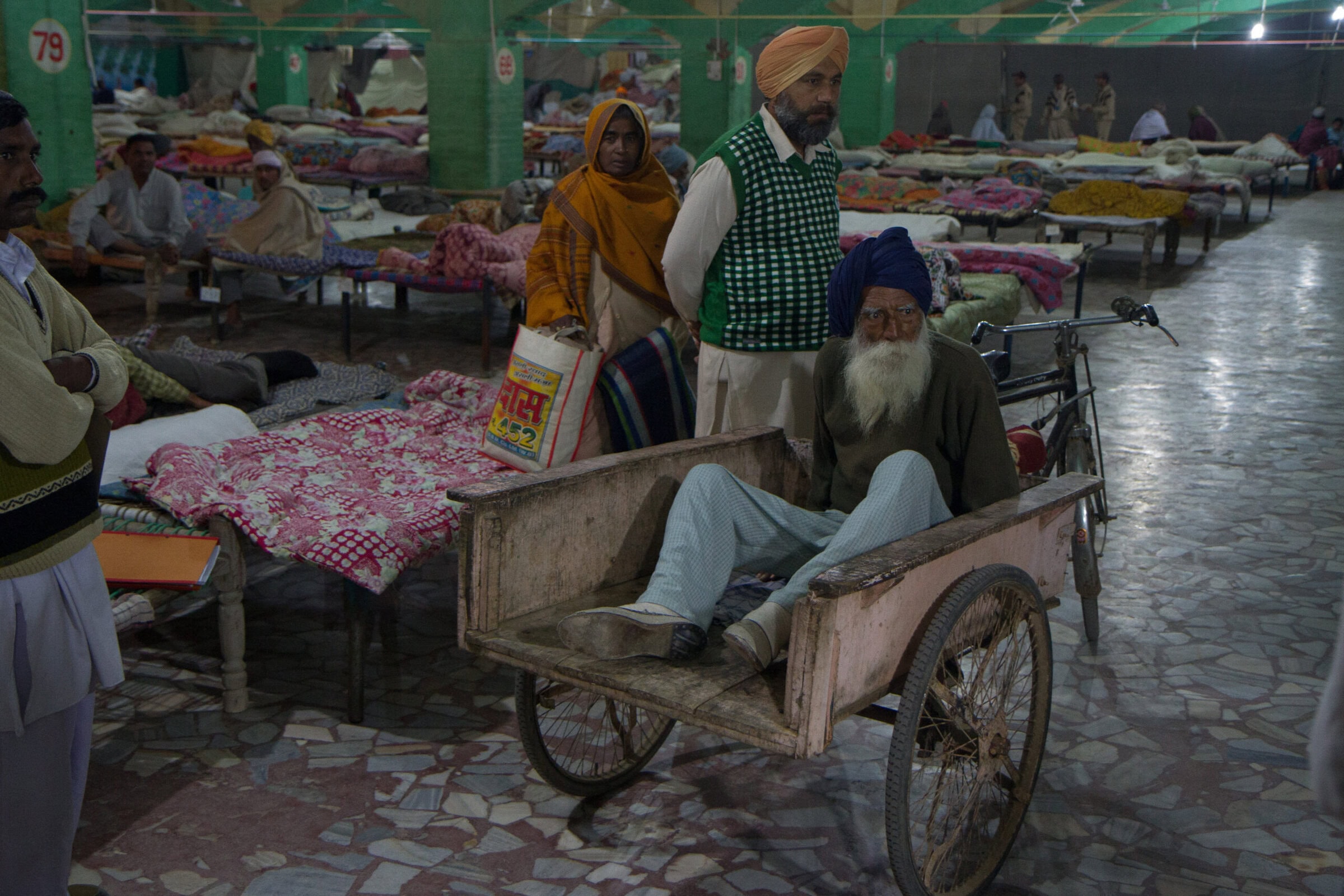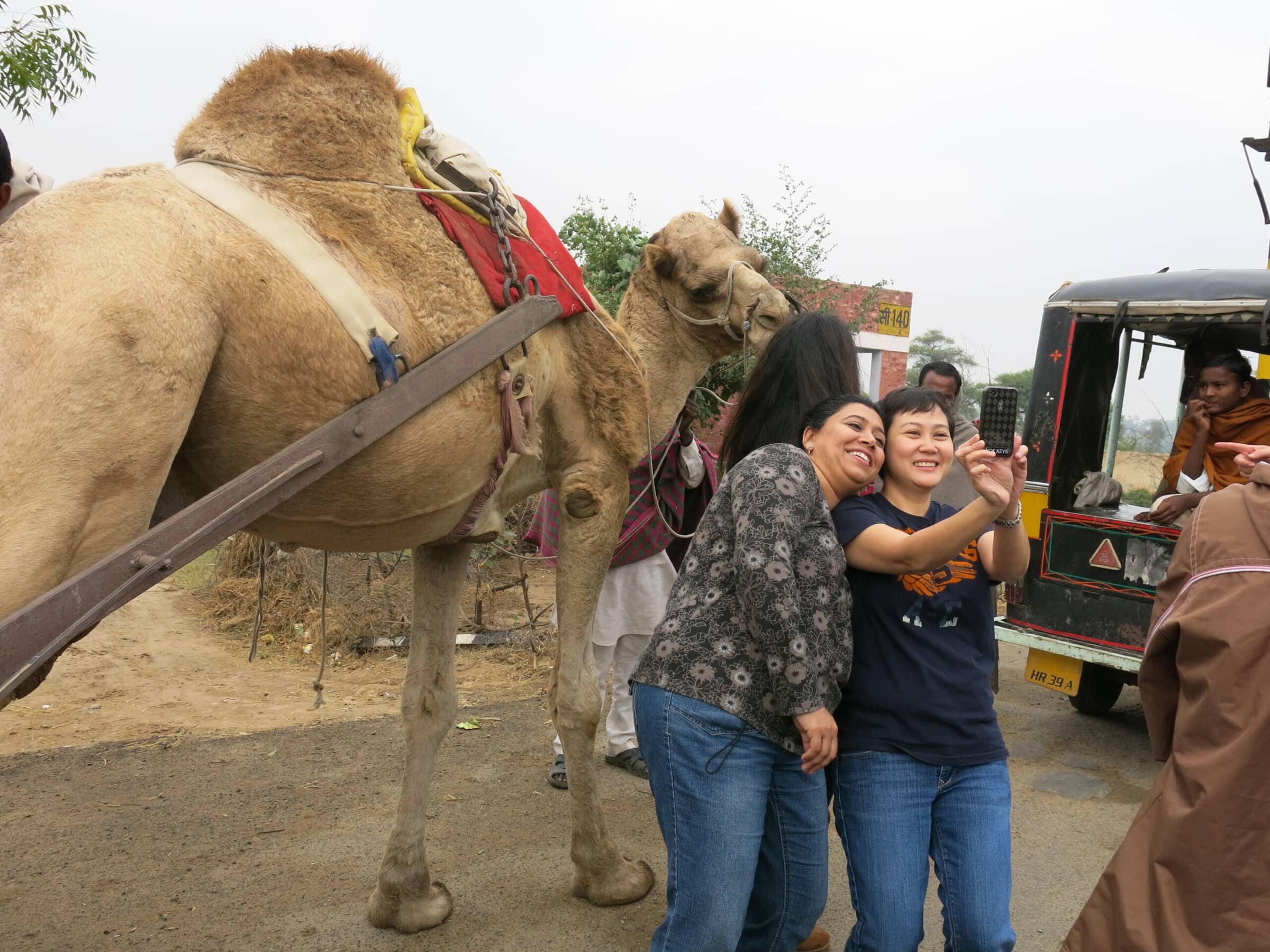About The Event
20
Participants Trained
1,096
Patients Scanned
Building on the success of the first ASE Global: Focus on India initiative in January 2012, the ASE Foundation sent a new group of sonographers to rural India to train a team of physicians and staff a free medical camp in December 2012.
Highlights
The team provided a day of training at Medanta Hospital to 20 physicians. The team, joined by the physicians, traveled to a community outreach site in North India, where they worked side by side for continued hands-on training for two days.
You can read media coverage of the event from Medical Imaging, January 24, 2013 here and HealthImaging, December 10, 2012, ASE, here.

Educated 20 Indian Physicians To Improve Scanning Technique
The team “built” two echo labs in an auditorium and adjacent hallway. Each lab contained five beds. Each bed had a sonographer helping physicians obtain a Focused Echo study.

Remote and In-Person Training
One echo lab was for face to face training, while the other was connected online for live viewing of images using an EchoBox contributed by StatVideo and Skype for audio. US based sonographers helped the physicians obtain, optimize and review pathologies. Education and feedback just like the physicians in the other “Lab” were receiving face to face!

Over 1,000 Focused Echocardiograms Over 2 Days
The volunteer team and Indian physicians conducted focused echocardiograms on patients selected for a cataract surgery at a free cataract surgical clinic. The patients were scanned to ensure that structural heart disease was not missed in the fast paced, crowded and noisy environments of the camp where a cardiac murmur could be difficult to distinguish.
Participants & Collaborators
The on-site ASEF volunteer team consisted of 7 sonographers, listed below. The event was also supported by Tele-Teaching Sonographer Participants: Brad Roberts, RCS, RDCS, FASE; Barry Canaday, RN, RDCS, RCS, FASE; Elaine Shea, RCS, RCCS, FASE; Ray Garcia, RDCS, FASE; Kriksten Billick, RDCS, FASE; Peg Knoll, RDCS, FASE; Bryan GenKuong; G. Monet Strachan, RDCS, FASE; George Mesa, RDCS; Teri Dittrich, RDCS; Todd Belcik, RCS, RDCS, FASE.
Indian Physician Participants: Dr. Anup Shyamal, Dr. Ahsan Ahmed, Dr. Ramit Wadhwa, Dr. Vikas Mudgal, Dr. Vishav Arora, Dr. Nitin Gupta, Dr. Brijesh Saran, Dr. Umesh Kashyap, Dr. Aastha Kansal, Dr. Sandeep Kumar, Dr. Rajnikant Shastry, Dr. Prashant Prabhakar, Dr. P. Farooq Khan, Dr. Ranveer Singh, Dr. Gianender Singh, Dr. Alok Kumar, and Dr. Deepak Vats.
Team Leaders
Partho P. Sengupta, MD, DM, FASE
Mount Sinai Medical Center New York, NY
David Adams, RCS, RDCS, FASE
Duke University Medical Center Durham, NC
Team Members
Manish Bansal, MD, DMB, FASE
Neha Soni-Patel, RDCS
Gurpal (Gee) Bhogal
Carlene McClanahan, RDCS
Jennifer Neary, RDCS, FASE
Marti L. McCulloch, MBA, RDCS, FASE
Lynette de los Santos, RDCS, MBA, FASE
Rhonda Price ASE Durham, NC
Partners In Care
The ASE Foundation partnered with Medanta-The Medicity, GE Healthcare, Core Sound Imaging, Inc., and Statvideo.
Event Date
December 1, 2012
Location
New Delhi, India
Event Proposals
If you have a connection to an underserved population and would like to propose a Global Health Outreach event, please review the proposal application.
Other Global Outreach Events
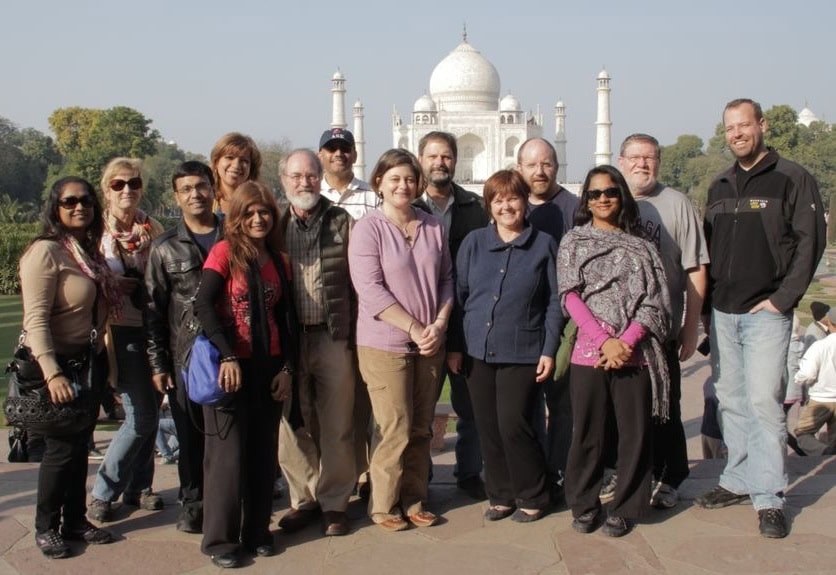
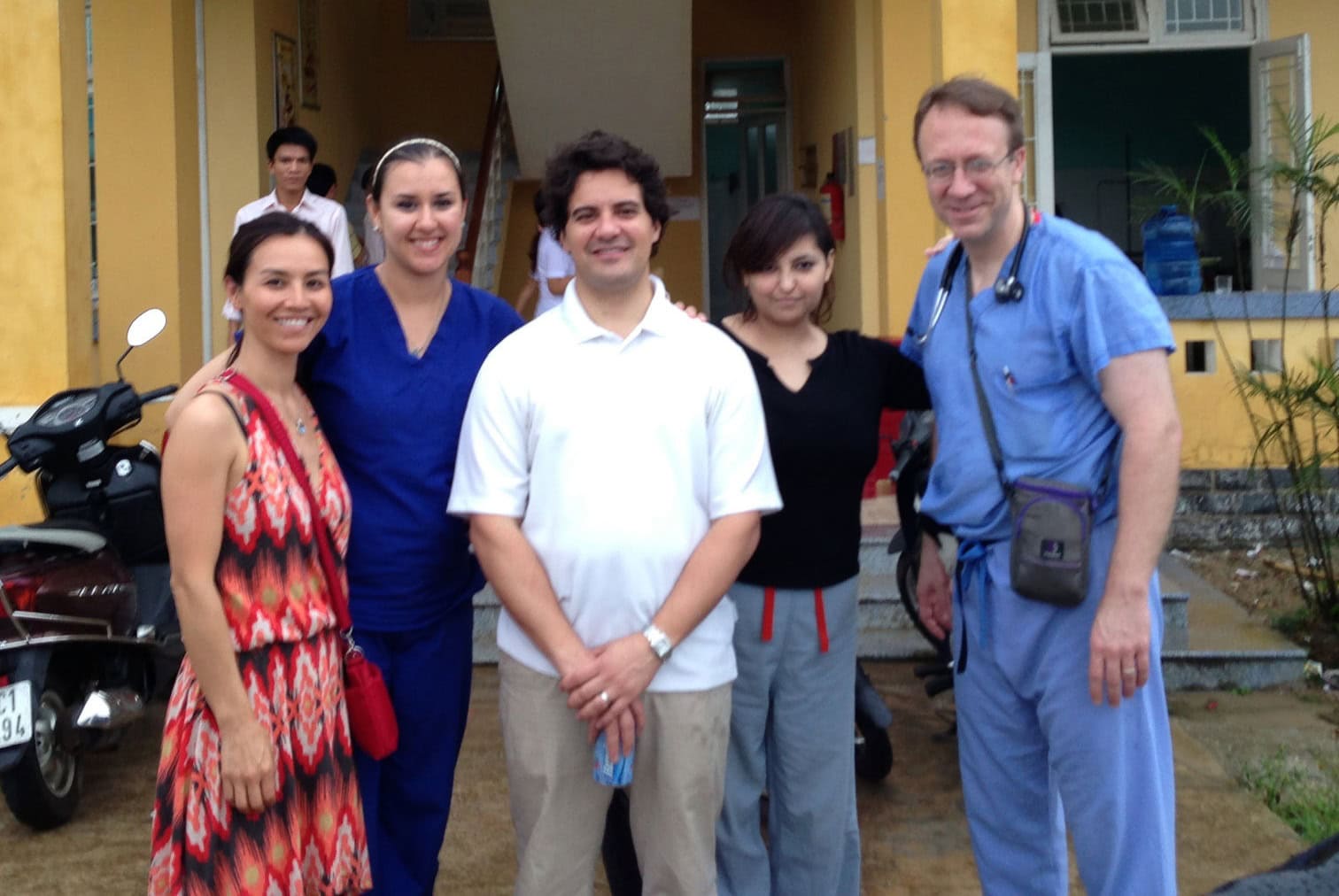
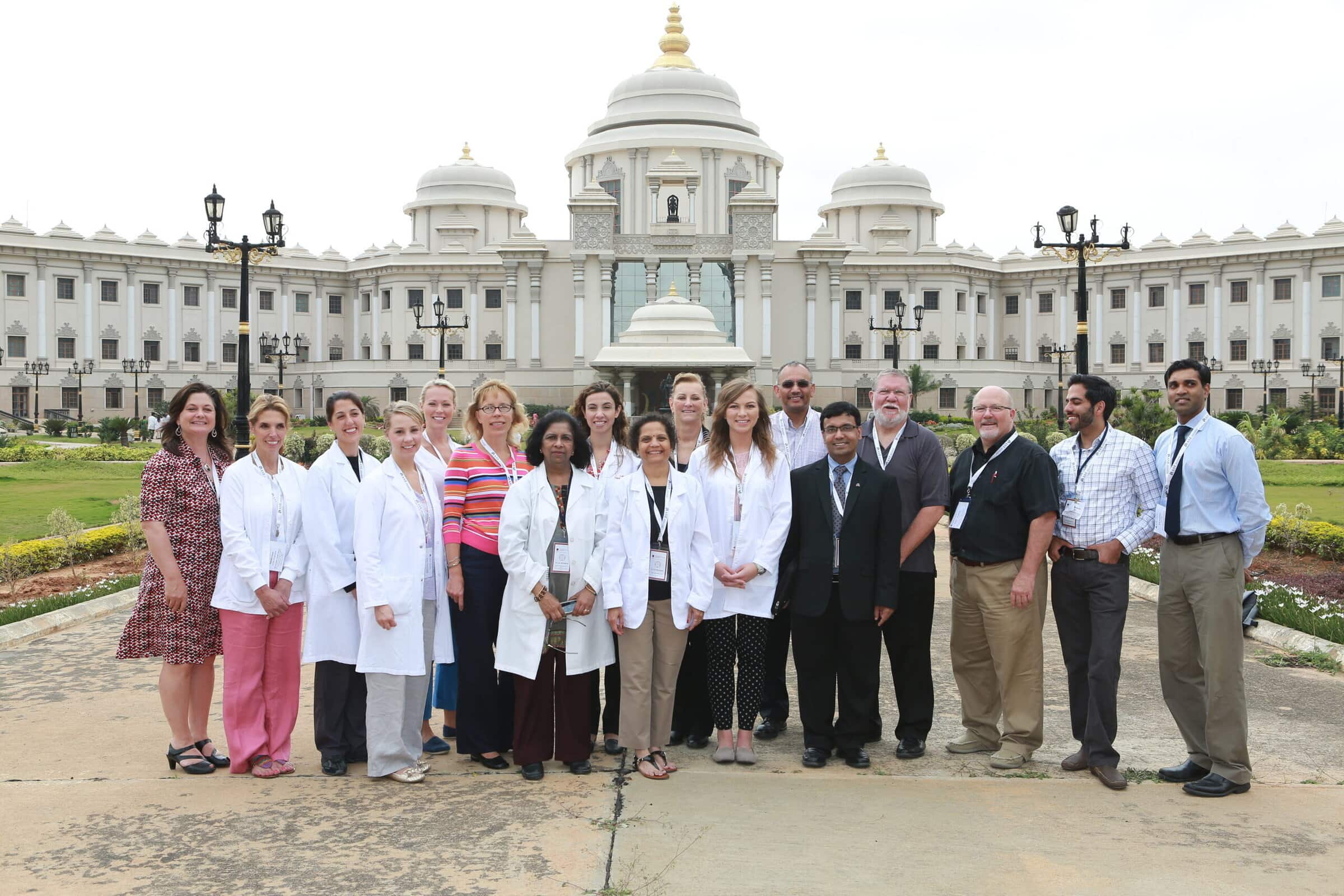
VALUES India 2014
The ASE Foundation’s Valvular Assessment Leading to Unexplored Echocardiographic...
August 11, 2014

